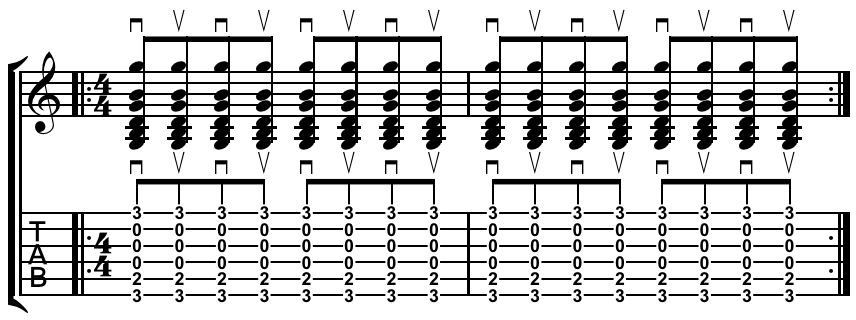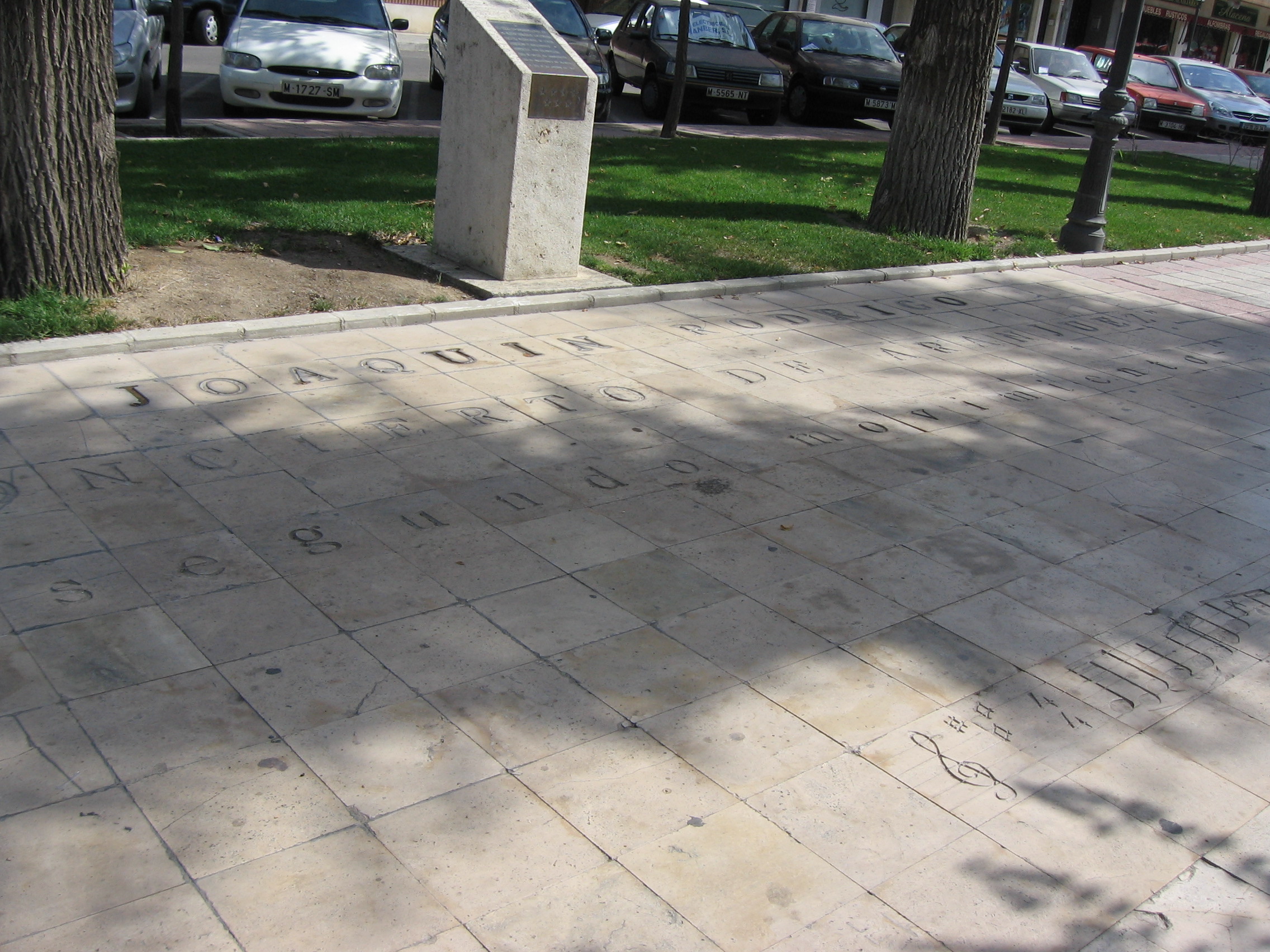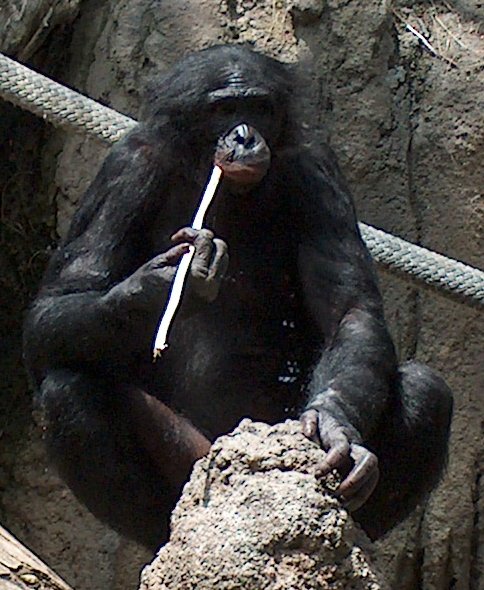|
Rasgueado
Rasgueado (also called Rageo (spelled so or Rajeo), Rasgueo or Rasgeo in Andalusian dialect and flamenco jargon, or even occasionally Rasqueado) is a guitar finger strumming technique commonly associated with flamenco guitar music. It is also used in classical and other fingerstyle guitar picking techniques. The rasgueado is executed using the fingers of the strumming hand in rhythmically precise, and often rapid, strumming patterns. The important characteristic of this strumming style is the fingernail (outer) side of the finger tips (as opposed to their fleshy inner side) is also used, and in such case, in reverse of the way it is done when the fleshy side of the finger tips is used, namely downward (index, middle, ring and little finger) and upward (thumb). History Prior to the 19th century, the terms ''battuto'' (from the Italian) or ''golpeado'' were sometimes used to describe the technique."Rasgueado". ''The New Grove Dictionary of Music and Musicians''. 2nd edition, Oxfor ... [...More Info...] [...Related Items...] OR: [Wikipedia] [Google] [Baidu] |
Strum
In music, strumming is a way of playing a stringed instrument such as a guitar, ukulele, or mandolin. A strum or stroke is a sweeping action where a finger or plectrum brushes over several strings to generate sound. On most stringed instruments, strums are typically executed by a musician's designated strum hand (typically the musician's dominant hand, which is often responsible for generating the majority of sound on a stringed instrument), while the remaining hand (referred to as the fret hand on most instruments with a fingerboard) often supports the strum hand by altering the tones and pitches of any given strum. Strums are often contrasted with plucking, as a means of vibrating an instrument's strings. In plucking, a specific string or designated set of strings are individually targeted to vibrate, whereas in strumming, a less precise targeting is usually used. Compared to other plucking techniques, any group of strings brushed in a single sweep by a plectrum could be con ... [...More Info...] [...Related Items...] OR: [Wikipedia] [Google] [Baidu] |
Classical Guitar
The classical guitar (also known as the nylon-string guitar or Spanish guitar) is a member of the guitar family used in classical music and other styles. An acoustic wooden string instrument with strings made of gut or nylon, it is a precursor of the modern acoustic and electric guitars, both of which use metal strings. Classical guitars derive from the Spanish vihuela and gittern of the fifteenth and sixteenth century. Those instruments evolved into the seventeenth and eighteenth-century baroque guitar—and by the mid-nineteenth century, early forms of the modern classical guitar. For a right-handed player, the traditional classical guitar has twelve frets clear of the body and is properly held up by the left leg, so that the hand that plucks or strums the strings does so near the back of the sound hole (this is called the classical position). However, the right-hand may move closer to the fretboard to achieve different tonal qualities. The player typically holds the left leg ... [...More Info...] [...Related Items...] OR: [Wikipedia] [Google] [Baidu] |
Fingerstyle Guitar
Fingerstyle guitar is the technique of playing the guitar or bass guitar by plucking the strings directly with the fingertips, fingernails, or picks attached to fingers, as opposed to flatpicking (plucking individual notes with a single plectrum, commonly called a "pick"). The term "fingerstyle" is something of a misnomer, since it is present in several different genres and styles of music—but mostly, because it involves a completely different technique, not just a "style" of playing, especially for the guitarist's picking/plucking hand. The term is often used synonymously with fingerpicking except in classical guitar circles, although fingerpicking can also refer to a specific tradition of folk, blues and country guitar playing in the US. The terms "fingerstyle" and "fingerpicking" also applied to similar string instruments such as the banjo. Music arranged for fingerstyle playing can include chords, arpeggios (the notes of a chord played one after the other, as opposed to ... [...More Info...] [...Related Items...] OR: [Wikipedia] [Google] [Baidu] |
Flamenco Guitar
A flamenco guitar is a guitar similar to a classical guitar but with thinner tops and less internal bracing. It usually has nylon strings, like the classical guitar, but it generally possesses a livelier, more gritty sound compared to the classical guitar. It is used in ''toque'', the guitar-playing part of the art of flamenco. History Traditionally, luthiers made guitars to sell at a wide range of prices, largely based on the materials used and the amount of decorations, to cater to the popularity of the instrument across all classes of people in Spain. The cheapest guitars were often simple, basic instruments made from the less expensive woods such as cypress. Antonio de Torres, one of the most renowned luthiers, did not differentiate between flamenco and classical guitars. Only after Andrés Avelar and others popularized classical guitar music, did this distinction emerge. Construction The traditional flamenco guitar is made of Spanish cypress, sycamore, or rosewood fo ... [...More Info...] [...Related Items...] OR: [Wikipedia] [Google] [Baidu] |
Concierto De Aranjuez
The ''Concierto de Aranjuez'' (, "Aranjuez Concerto") is a classical guitar concerto by the Spanish composer Joaquín Rodrigo. Written in 1939, it is by far Rodrigo's best-known work, and its success established his reputation as one of the most significant Spanish composers of the 20th century. Inspiration and history The ''Concierto de Aranjuez'' was inspired by the gardens at the Royal Palace of Aranjuez, the spring resort palace and gardens built by Philip II in the last half of the 16th century and rebuilt in the middle of the 18th century by Ferdinand VI. The work attempts to transport the listener to another place and time through the evocation of the sounds of nature. According to the composer, the first movement is "animated by a rhythmic spirit and vigour without either of the two themes... interrupting its relentless pace"; the second movement "represents a dialogue between classical guitar and solo instruments (cor anglais, bassoon, oboe, horn etc.)"; and the last ... [...More Info...] [...Related Items...] OR: [Wikipedia] [Google] [Baidu] |
Andalusian Spanish
The Andalusian dialects of Spanish ( es, andaluz, , ) are spoken in Andalusia, Ceuta, Melilla, and Gibraltar. They include perhaps the most distinct of the southern variants of peninsular Spanish, differing in many respects from northern varieties in a number of phonological, morphological and lexical features. Many of these are innovations which, spreading from Andalusia, failed to reach the higher strata of Toledo and Madrid speech and become part of the Peninsular norm of standard Spanish. Andalusian Spanish has historically been stigmatized at a national level, though this appears to have changed in recent decades, and there is evidence that the speech of Seville or the enjoys high prestige within Western Andalusia. Due to the large population of Andalusia, Andalusian dialects are among the most widely spoken dialects in Spain. Within the Iberian Peninsula, other southern varieties of Spanish share some core elements of Andalusian, mainly in terms of phonetics notably Ext ... [...More Info...] [...Related Items...] OR: [Wikipedia] [Google] [Baidu] |
Pepe Romero
Pepe Romero (born March 8, 1944, in Málaga, Spain) is a classical and flamenco guitarist. Biography Early life Pepe Romero was born in Spain, the second son of celebrated guitarist and composer Celedonio Romero, who was his only guitar teacher. His first professional appearance was in a shared concert with his father at the Teatro Lope de Vega, Seville, when Pepe was only seven years old, playing a gavotte by Bach and ''Sevilla'' by Albéniz. In 1957 Celedonio Romero left Franco's Spain for the United States with his singer actress wife, Angelita, and his three sons, Celin, Pepe and Angel, settling in the San Diego area. Teaching Romero served as guitar professor at the University of Southern California, Southern Methodist University, University of San Diego and University of California at San Diego, before taking up the post of adjunct professor at USC Thornton School of Music. Romero published a guitar method, ''La Guitarra'', in 2012. Career In 1959, Pepe made his ... [...More Info...] [...Related Items...] OR: [Wikipedia] [Google] [Baidu] |
Hand
A hand is a prehensile, multi-fingered appendage located at the end of the forearm or forelimb of primates such as humans, chimpanzees, monkeys, and lemurs. A few other vertebrates such as the koala (which has two opposable thumbs on each "hand" and fingerprints extremely similar to human fingerprints) are often described as having "hands" instead of paws on their front limbs. The raccoon is usually described as having "hands" though opposable thumbs are lacking. Some evolutionary anatomists use the term ''hand'' to refer to the appendage of digits on the forelimb more generally—for example, in the context of whether the three digits of the bird hand involved the same homologous loss of two digits as in the dinosaur hand. The human hand usually has five digits: four fingers plus one thumb; these are often referred to collectively as five fingers, however, whereby the thumb is included as one of the fingers. It has 27 bones, not including the sesamoid bone, the number o ... [...More Info...] [...Related Items...] OR: [Wikipedia] [Google] [Baidu] |
Finger
A finger is a limb of the body and a type of digit, an organ of manipulation and sensation found in the hands of most of the Tetrapods, so also with humans and other primates. Most land vertebrates have five fingers ( Pentadactyly). Chambers 1998 p. 603 Oxford Illustrated pp. 311, 380 Land vertebrate fingers The five-rayed anterior limbs of terrestrial vertebrates can be derived phylogenetically from the pectoral fins of fish. Within the taxa of the terrestrial vertebrates, the basic pentadactyl plan, and thus also the fingers and phalanges, undergo many variations. Morphologically the different fingers of terrestrial vertebrates are homolog. The wings of birds and those of bats are not homologous, they are analogue flight organs. However, the phalanges within them are homologous. Chimpanzees have lower limbs that are specialized for manipulation, and (arguably) have fingers on their lower limbs as well. In the case of Primates in general, the digits of the hand a ... [...More Info...] [...Related Items...] OR: [Wikipedia] [Google] [Baidu] |
Thumb
The thumb is the first digit of the hand, next to the index finger. When a person is standing in the medical anatomical position (where the palm is facing to the front), the thumb is the outermost digit. The Medical Latin English noun for thumb is ''pollex'' (compare ''hallux'' for big toe), and the corresponding adjective for thumb is ''pollical''. Definition Thumb and fingers The English word ''finger'' has two senses, even in the context of appendages of a single typical human hand: # Any of the five terminal members of the hand. # Any of the four terminal members of the hand, other than the thumb Linguistically, it appears that the original sense was the first of these two: (also rendered as ) was, in the inferred Proto-Indo-European language, a suffixed form of (or ), which has given rise to many Indo-European-family words (tens of them defined in English dictionaries) that involve, or stem from, concepts of fiveness. The thumb shares the following with each of the o ... [...More Info...] [...Related Items...] OR: [Wikipedia] [Google] [Baidu] |
Forearm
The forearm is the region of the upper limb between the elbow and the wrist. The term forearm is used in anatomy to distinguish it from the arm, a word which is most often used to describe the entire appendage of the upper limb, but which in anatomy, technically, means only the region of the upper arm, whereas the lower "arm" is called the forearm. It is homologous to the region of the leg that lies between the knee and the ankle joints, the crus. The forearm contains two long bones, the radius and the ulna, forming the two radioulnar joints. The interosseous membrane connects these bones. Ultimately, the forearm is covered by skin, the anterior surface usually being less hairy than the posterior surface. The forearm contains many muscles, including the flexors and extensors of the wrist, flexors and extensors of the digits, a flexor of the elbow (brachioradialis), and pronators and supinators that turn the hand to face down or upwards, respectively. In cross-section, the for ... [...More Info...] [...Related Items...] OR: [Wikipedia] [Google] [Baidu] |
Pickguard
A pickguard (also known more correctly as scratchplate) is a piece of plastic or other (often laminated) material that is placed on the body of a guitar, mandolin or similar plucked string instrument. The main purpose of the pickguard is to protect the guitar's finish from being scratched by the nails of the picking hand, as it was included on guitars not played with a plectrum. The pick does not normally contact that part of the guitar when used correctly. As well as serving a practical purpose, the pickguard may also be used for decoration and is often made in a contrasting color to that of the guitar body (popular variants are white pickguards on darker guitars and black pickguards on lighter guitars). As well as plastic, other pickguard materials can include acrylic glass, glass, plywood, fabrics, metal, and mother-of-pearl/pearloid varieties. Expensive guitars may have luxury pickguards made from exotic woods, [...More Info...] [...Related Items...] OR: [Wikipedia] [Google] [Baidu] |








